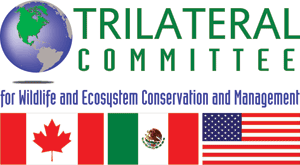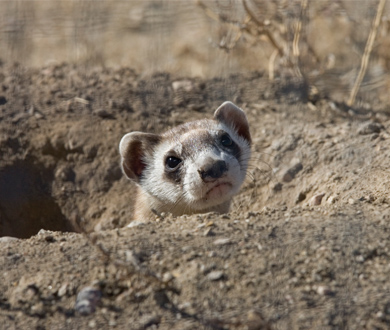
In 1996, the wildlife conservation agencies of the United States, Mexico, and Canada signed a Memorandum of Understanding establishing the Canada/Mexico/US Trilateral Committee for Wildlife and Ecosystem Conservation and Management (Trilateral Committee). This agreement formally brought together the three nations of North America, consolidating a continental effort for wildlife and ecosystem conservation and management.
The Trilateral Committee facilitates and enhances cooperation and coordination among the wildlife agencies of the three nations in projects and programs for the conservation and management of wildlife, plants, biological diversity, and ecosystems of mutual interest. The Trilateral Committee also facilitates the development of partnerships with other associated and interested entities. Delegations from each country meet annually for discussions on a wide range of topics such as joint, on-the-ground projects, climate change adaptation and mitigation and issues of law enforcement.
Discussions take place under the auspices of working tables that report to an executive body. Working tables are established or discontinued based upon the evolving priorities of the three nations. Currently, there are six active working tables: Ecosystem Conservation, Executive, Convention on International Trade in Endangered Species of Wild Flora and Fauna (CITES), Law Enforcement, Migratory Birds, and Species of Common Conservation Concern.

Credit: USFWS
The Trilateral Coordinating Committee (SEMARNAT and U.S. Fish and Wildlife Service’s Wildlife Without Borders – Mexico program ) coordinates the annual meetings. Annual meetings are hosted on a rotational basis.
To learn more about the Trilateral Committee please visit trilat.org.
Banner Credits: Jaguar: Corel; Bat: Finding Species; All other images: USFWS

